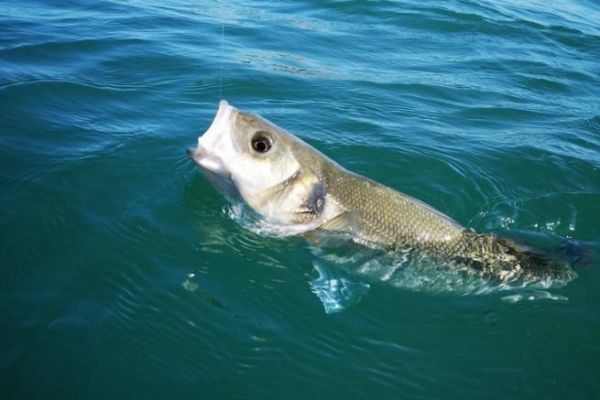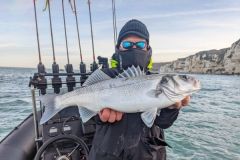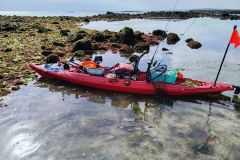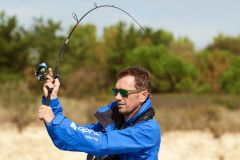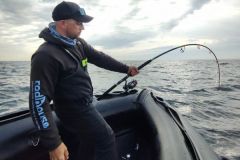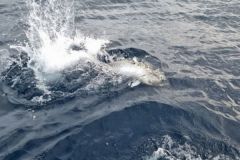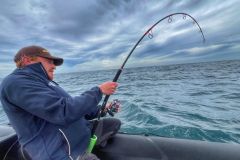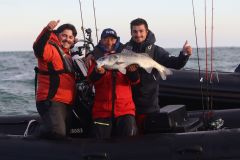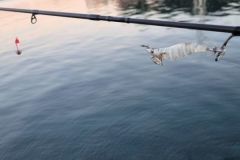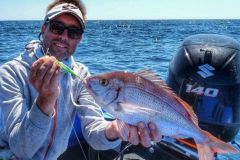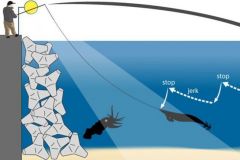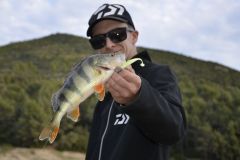Why choose a jig for bass fishing?
The jig has several advantages:
- Versatility : it allows you to fish a wide variety of species, from sea bass to pollack and mackerel.
- Efficiency : its shape and weight make it a very attractive swimmer for predatory fish.
- Depth : the jig allows you to explore different layers of water, from the bottom to the surface. It really is the all-round lure.
- Mimicry: its size and color make it particularly easy to blend into the water. You'll always find a jig resembling forage fish in the area, like this Biastos from Caperlan, which imitates a sardine perfectly.
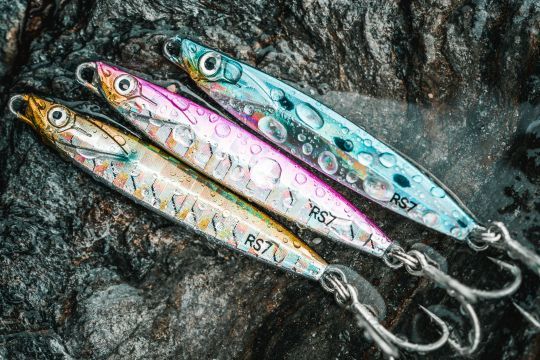
What you need
To practice jig fishing, you will need :
- A powerful rod: opt for a sturdy spinning rod capable of casting jigs weighing from 20 to 80 grams and mastering battles with the largest specimens.
- A reliable reel: a size 4000 reel, filled with good-quality PE 1.2 braid, is ideal.
- A variety of jigs: choose jigs of different shapes, colors and weights to adapt your fishing to the conditions and species you're after. You need to be familiar with the local forage in order to adapt in terms of size and color.
- Accessories: swivels, quick-release fasteners and broken-ring pliers complete your equipment.
Jigging techniques
There are several jig fishing techniques:
- Vertical fishing : it consists in dropping the jig to the bottom and bringing it up in jerks, moving the lure irregularly.
- Traction fishing : the jig is cast far out and brought back by pulling on the line, creating a faster, more aggressive swim. Don't hesitate to go fast to annoy the bass.
- Drift fishing : the boat drifts slowly and the jig is animated just above the bottom.
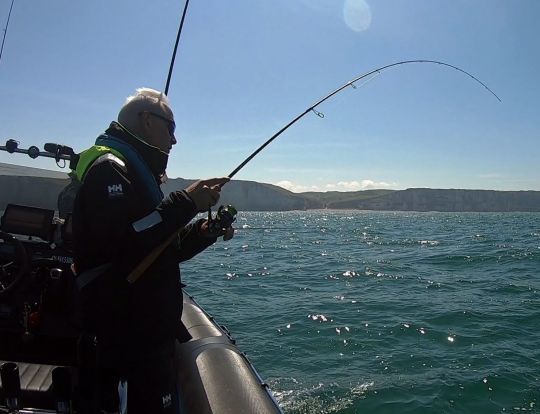
Tips for successful jig fishing
- Observe the fish: before casting, if possible, take the time to observe forage fish on the spot to adapt your technique and choice of lure.
- Vary the animations: fish react differently to different animations, so don't hesitate to try out different techniques until you've found the right one for you.
- Deep-sea fishing, but not only: sea bass are often found close to the bottom, so don't hesitate to explore the deeper areas, but don't neglect the intermediate strata. Always start with the top layer of water.
- Edge fishing : underwater structures such as rocks, wrecks and sea grass beds are ideal zones for bass fishing. And very often, we neglect the edges, which are rich in large sea bass that come to feed on crabs.
Jigging is an exciting and accessible technique for all sea anglers. By mastering the basics and adapting your technique to the fishing conditions, you'll considerably increase your chances of success and great catches. You've got it all in your hands, so have fun and enjoy prospecting.

 /
/ 